FARC & New
Issue
New was invited by The Art of Living and the Colombian Government to help with communications during the Colombian Peace Process. They wanted the people of Colombia to embrace a proposition before a referendum was held in the country. The referendum asked the Colombian society if they would accept the terms in which the former guerrilla group Fuerzas Armadas Revolucionarias de Colombia would be integrated into the democratic system as a political party with parliamentary representation as Fuerzas Armadas Revolucionarias del Común.
Approach
After a series of encounters with FARC leaders in Havana, Cuba (particularly with Pablo Catatumbo, their top Commander), we designed a communicational path between the FARC and society. As the first and crucial stage, we held a series of sincere face to face meetings between the relatives of the victims of FARC attacks and the former guerrilla members. We called this process the “Perdón y punto” (“Simply sorry”) route. These encounters would express no ideological justification for the tragedies that happened in the past. Instead, we encouraged dialogues based on a very clear, solid, honest and humble plea for forgiveness, followed by silence to allow the relatives to vent their anger, frustration and thoughts. The outcome of the encounters was incredibly surprising and positive for both sides.
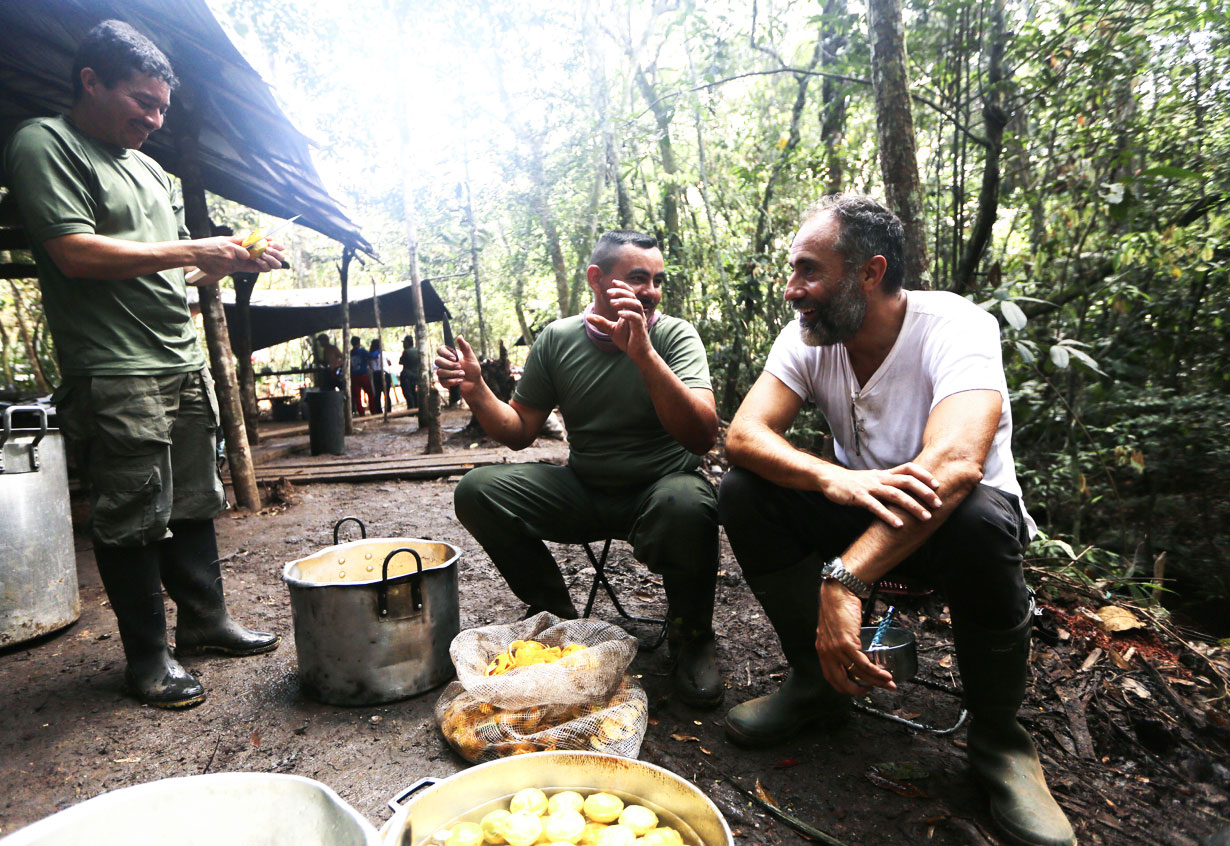
November 19, 2019. Bogotá.
Meeting Timochenko
By Aurora Solá
First step: FARC members meet victims’ families
Havana, Cuba
The team headed to Havana, Cuba invited by The Art of Living and the Colombian Government. First, they met with Spiritual leader Sri Sri Ravi Shankar, founder of The Art of Living. His role in the process was to help both parts to embrace the principle of no violence, first embraced by Ghandi in India, through talking, understanding and meditating together.
Following that, met with former guerrilla member Pablo Catatumbo, leader of FARC. This encounters showed there was a need of reconciliation, a need for peace, a need to look to the future in a new light. A very straight-forward and sincere message was proposed to the former guerrilla members for it to be share with the whole of Colombians. This message was, simply, sorry.
A series of encounters were held between former guerrilla members and families and relatives of victims. The sincere sorry message and the intentions of leaving the past behind and look at the future together was embraced by the family members. These conversations were the first step to understand the big picture, and also helped us to understand what was really going on in Colombian society regarding the future referendum.
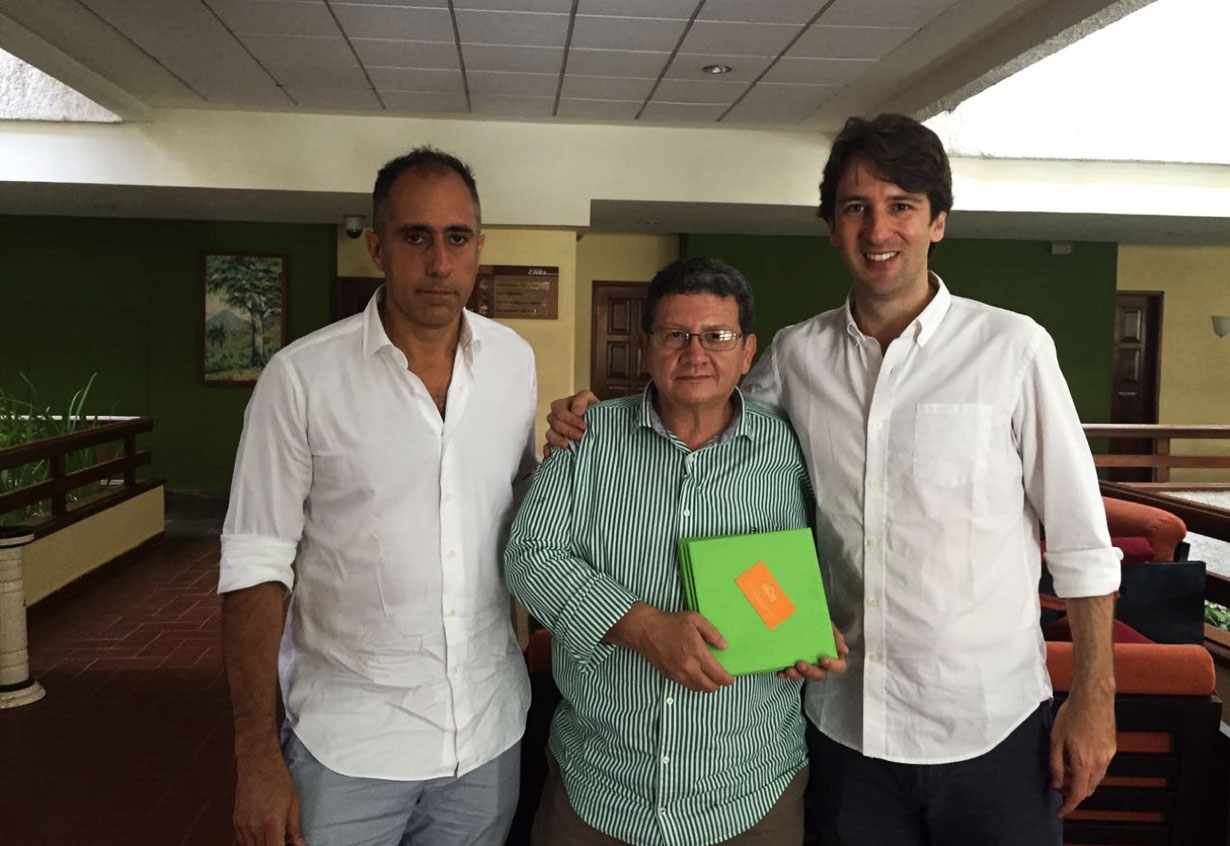
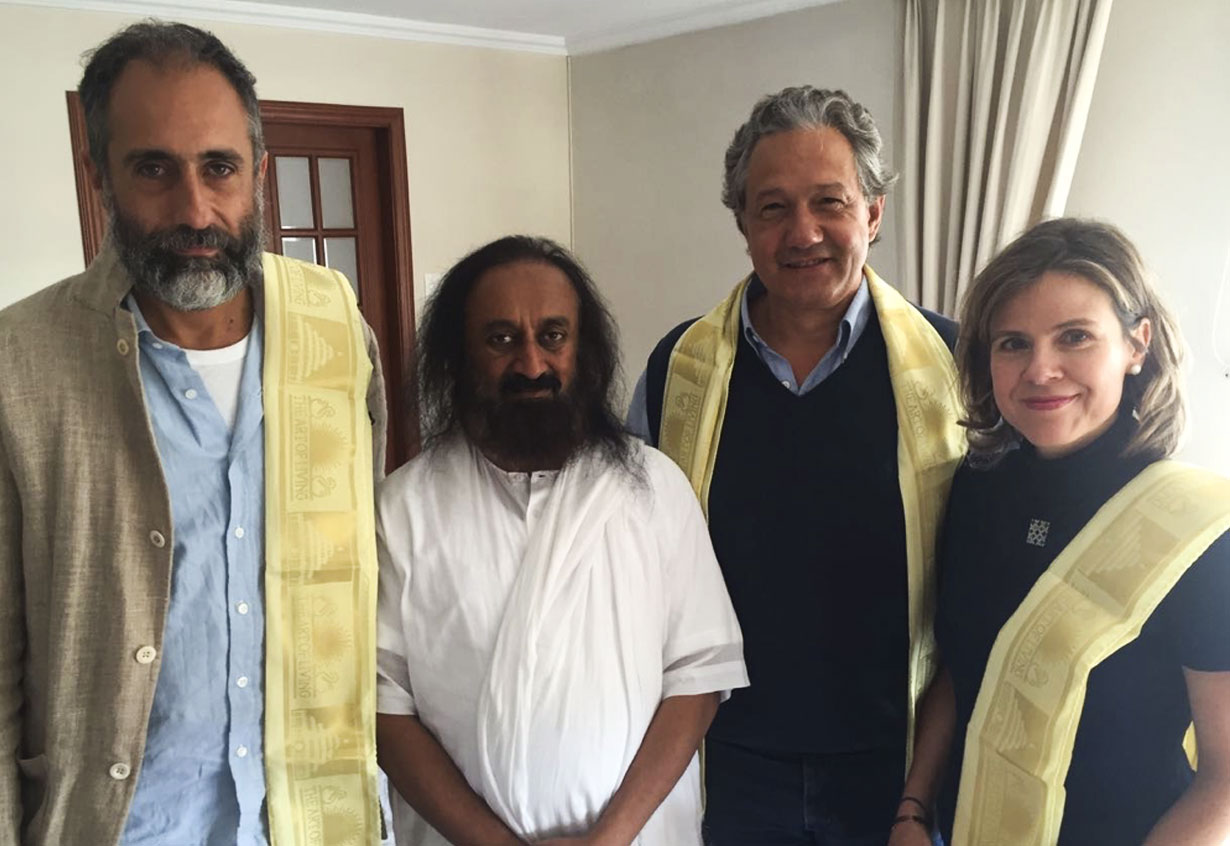
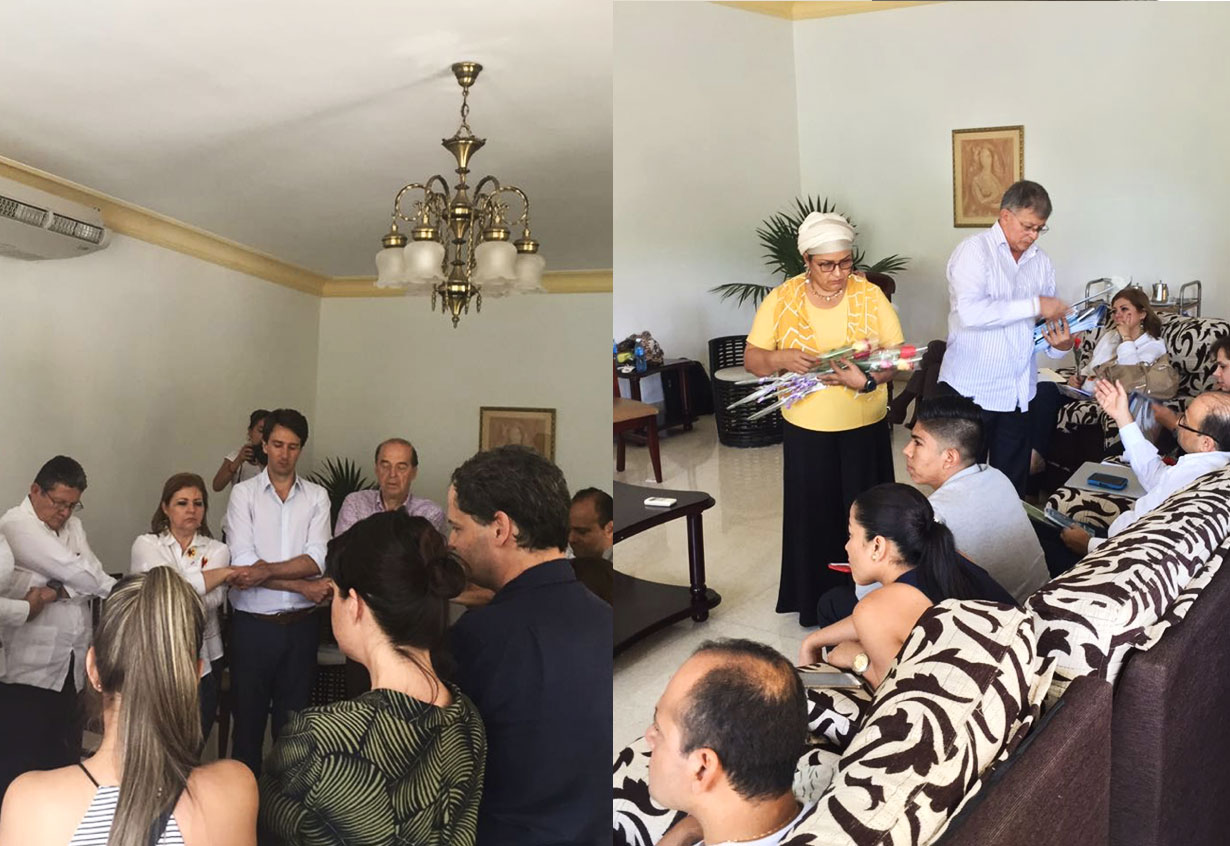
After the “Simply sorry” message, the guerrillas went from having a favorable image of less than 6% to an 18% in only two months. Behind this there are a series of advertising messages that reaffirm their desire for peace.
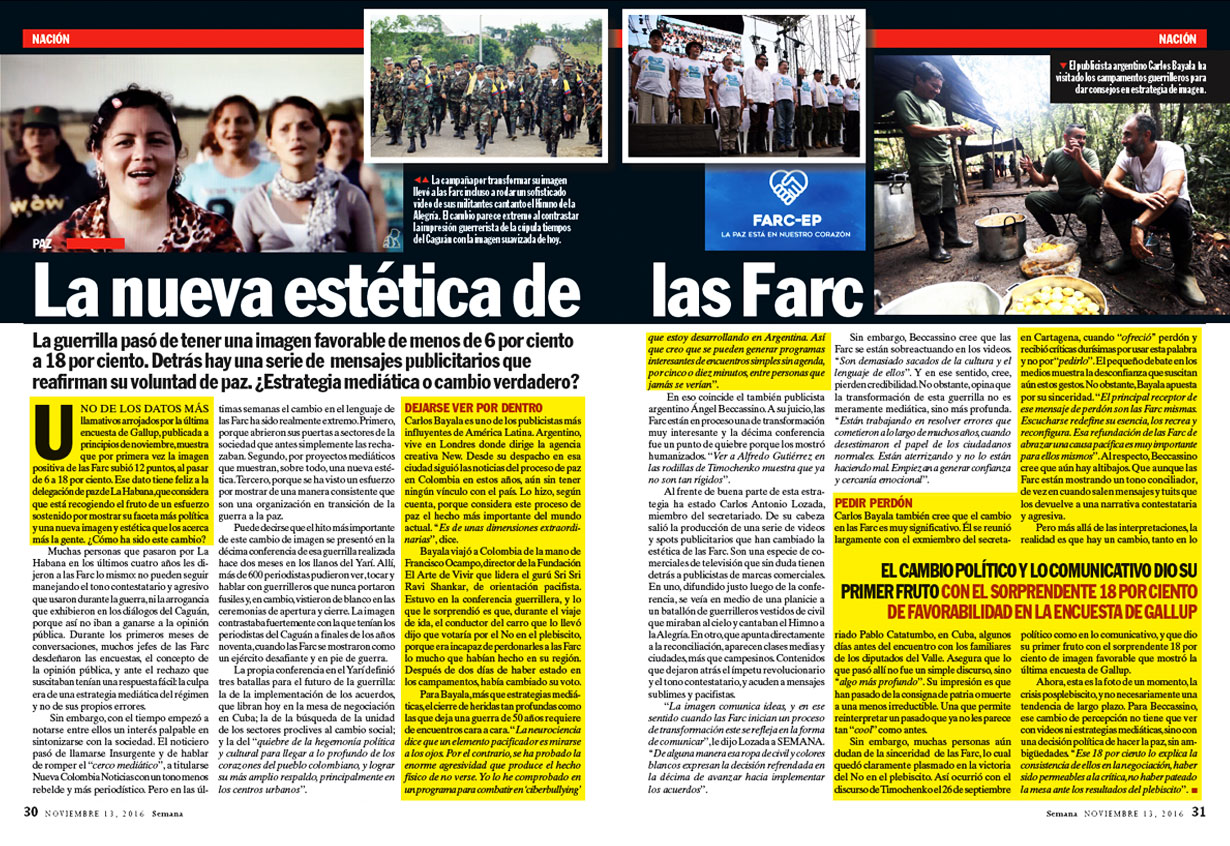
FARC Camp, Caquetá
From Bogotá, Carlos Bayala was invited to spend a couple of days in the Colombian Jungle at a FARC camp. He used this opportunity to speak with soldiers, understand their thoughts and position, and also witness how they organise and live.
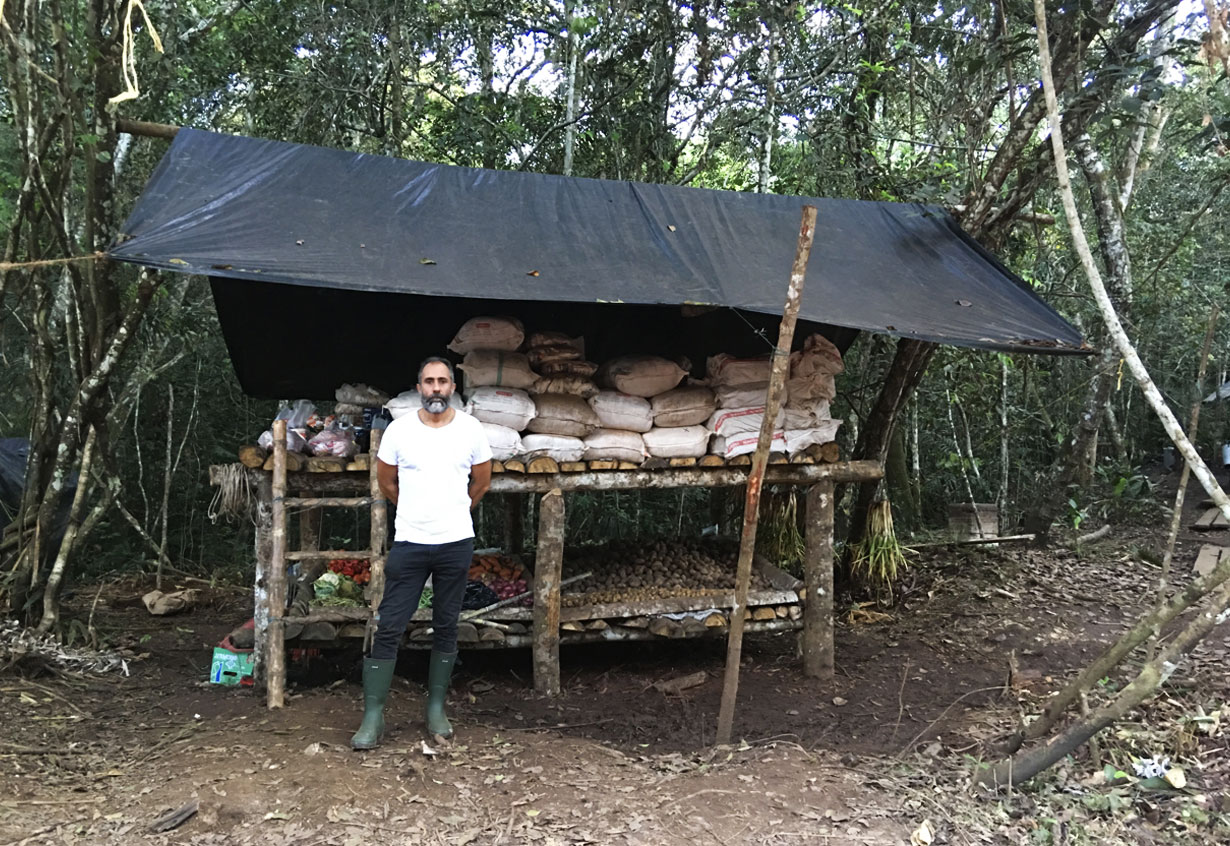
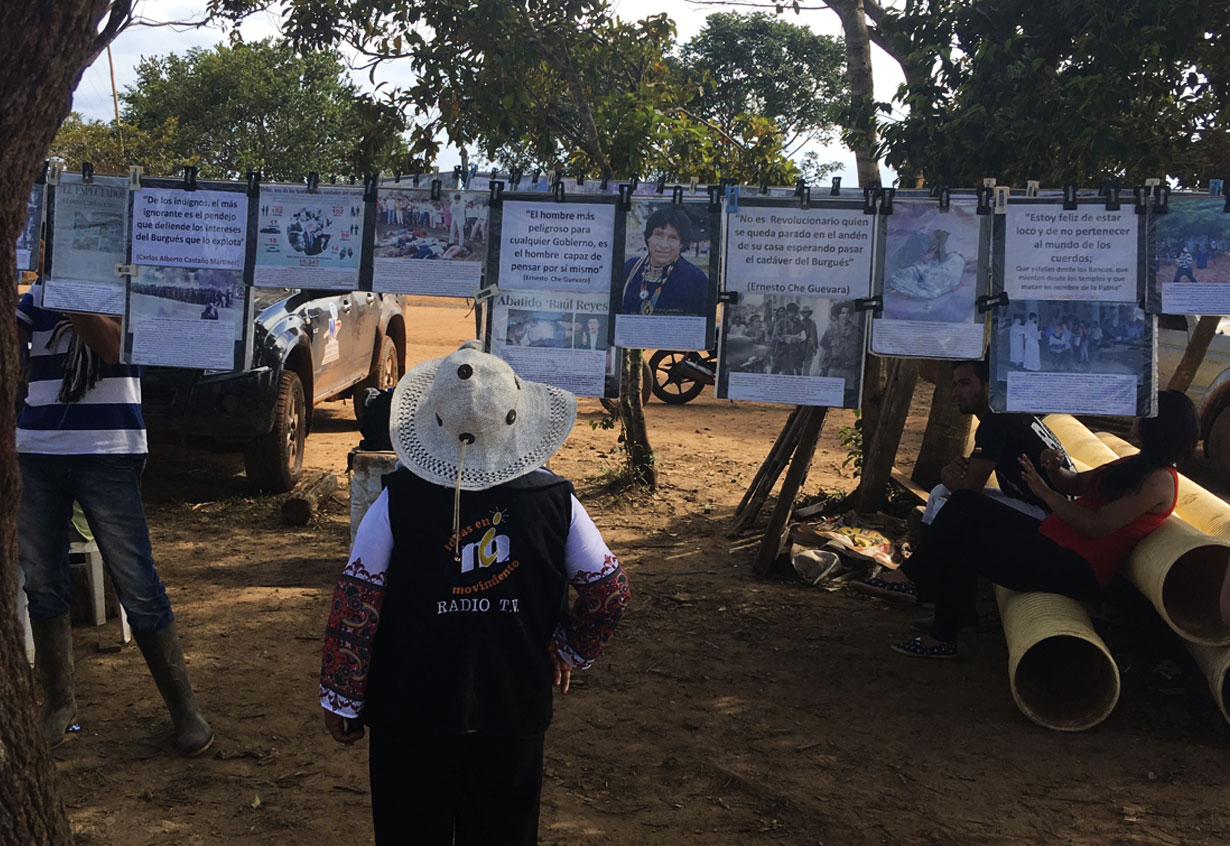
Second step: We analysed the Referendum scenarios under a new light.
Bogotá, Colombia
With all the learnings from Cuba, the team travelled to Bogotá, to keep on gathering information, options and the real pulse of what was going on in Colombia. They met with different actors and personalities of the Colombian society. First, with Cesar Gaviria, former President of Colombia, and the person in charge of the “Yes” campaign. Following that meeting, they held meetings and conversations with University students, children from a school in Bogotá, the Head of Colombian Intelligence office among others.
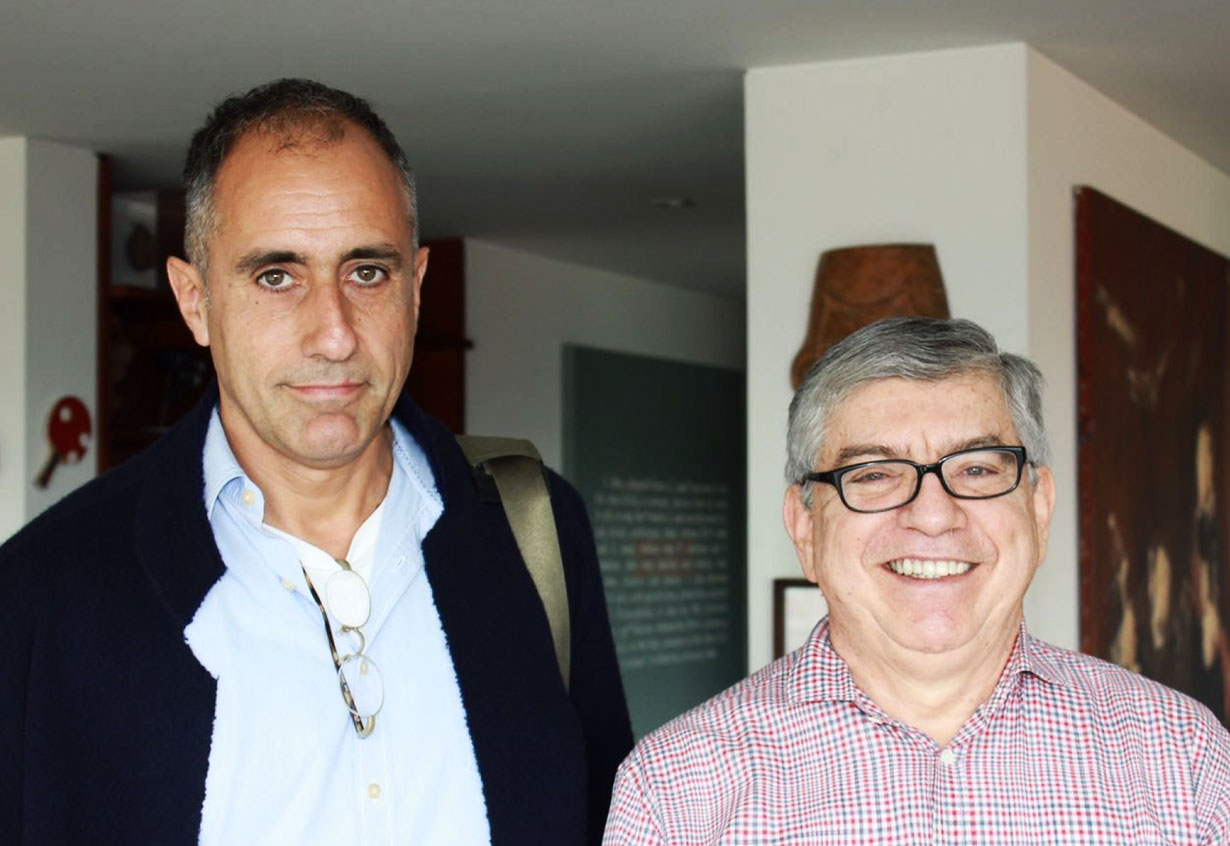
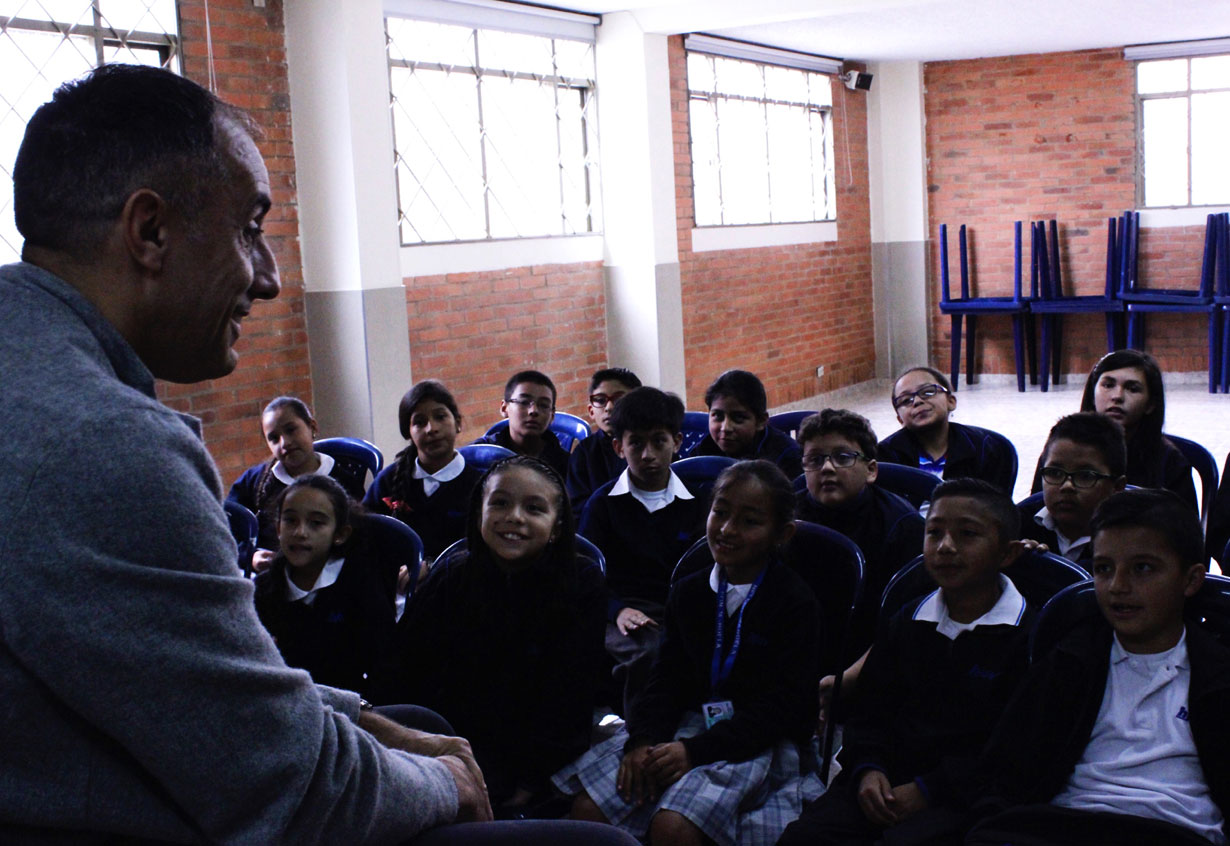
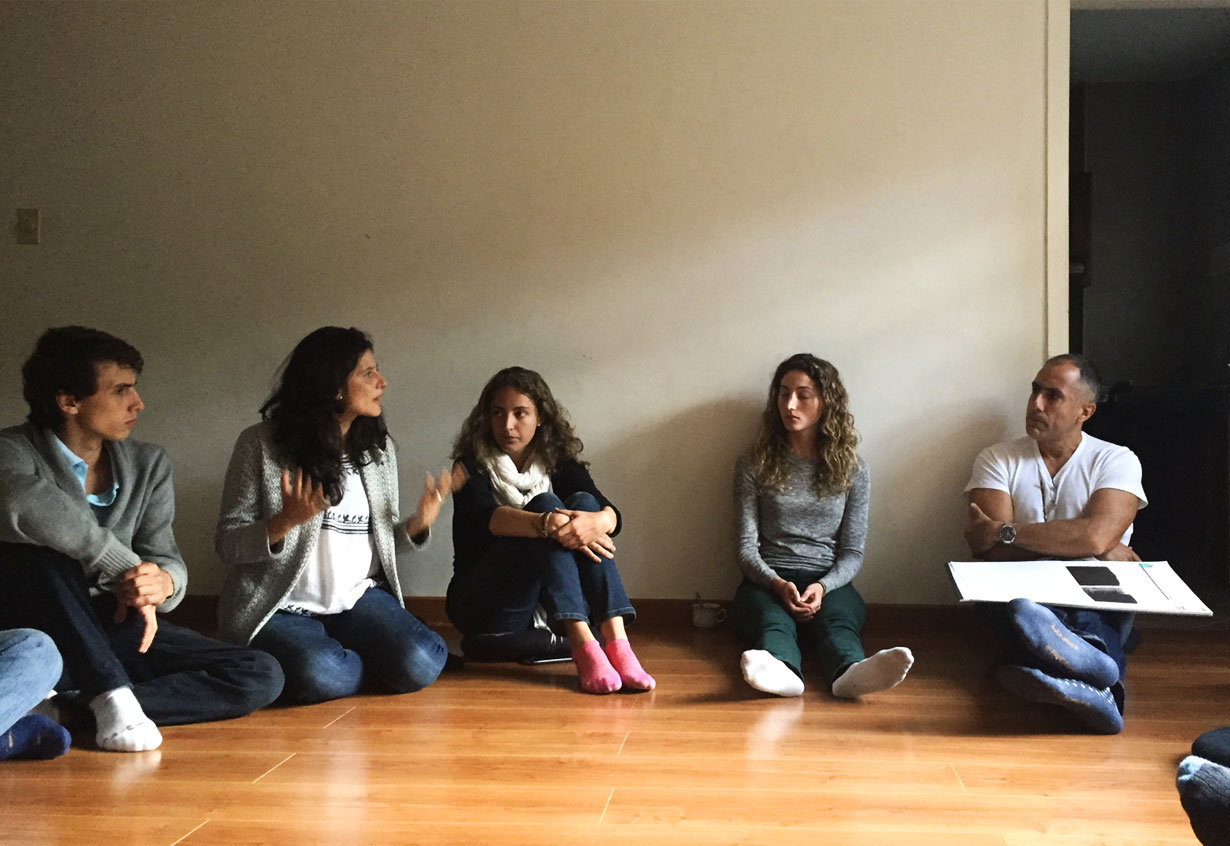
Referendum Polls
Data landscape from every pollster in Colombia showed, at this point, that Yes was winning by a landslide. Some of them gave 10% advantage to Yes over No, but after talking with students, children, soldiers, politicians and other members of society, we decided to challenge those estimations and see what would happen if we gave the voters a third option. This option, the “Angry Yes” was a tool to understand how Colombians really felt. They all wanted to achieve peace, but they were not happy with the process. After creating this tool, we presented it to Humberto de la Calle, Chief Engineer of the Peace Agreement.
We created a tool for the citizens enquired. We broke the binary option Yes-No with a third option. “Angry Yes” (Si con Rabia), that would give us notions about how truthful were the opinions of the voters in the polls.
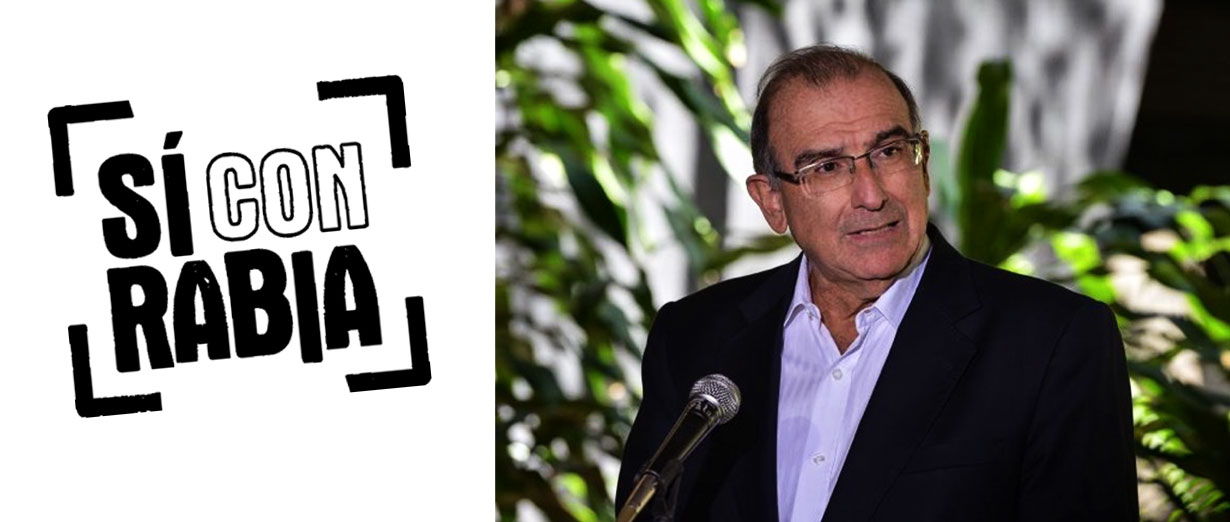
Our data on “Angry Yes” showed something very different to what pollsters were saying. 14% average was moving from “Yes” to “Angry Yes” when given the option. That showed us how weak the “Yes” vote was. Media went crazy against pollsters and started looking at our findings.
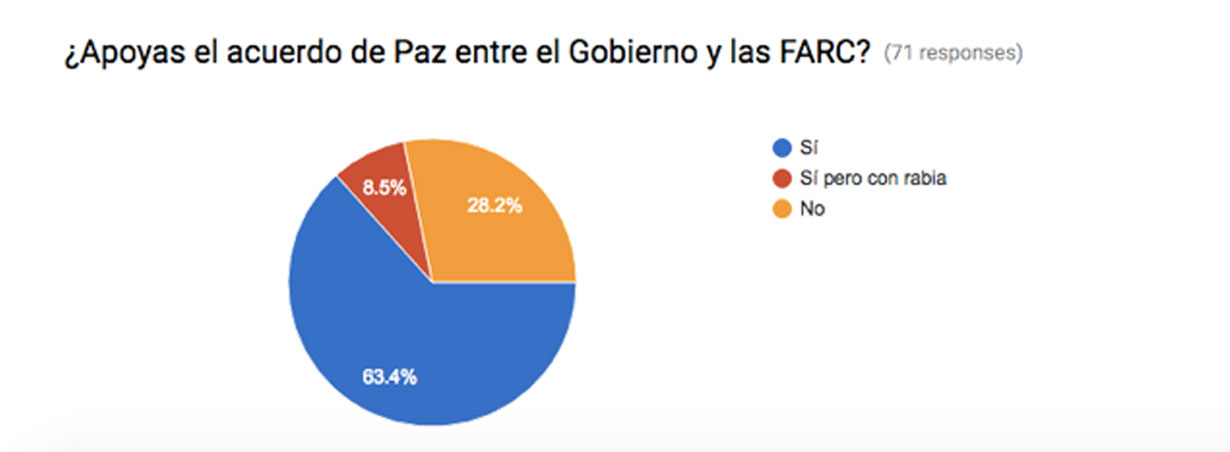
As a reaction to this, Carlos Bayala was invited to expose his views in a Congress in Cartagena one day before the referendum. He wanted to show the findings and also encourage voters to understand the value of their vote, and the importance of voting Yes.
